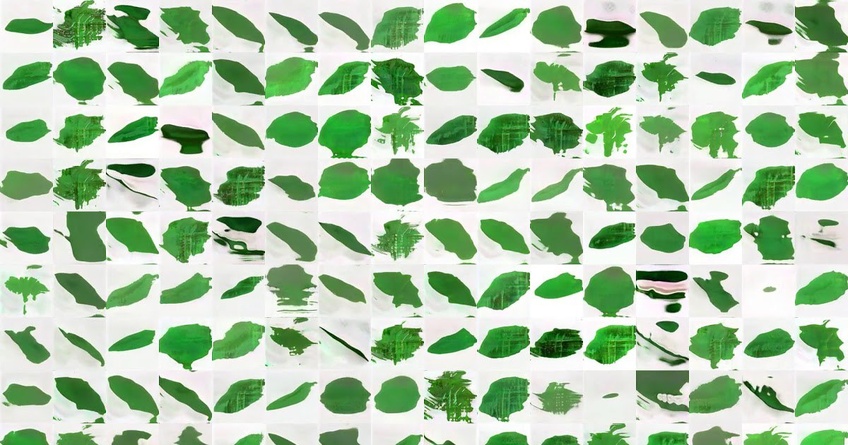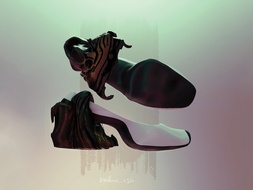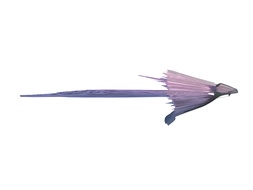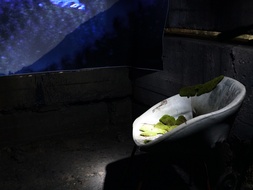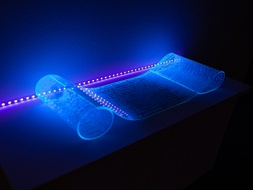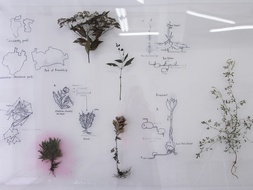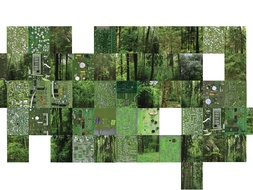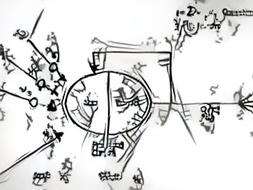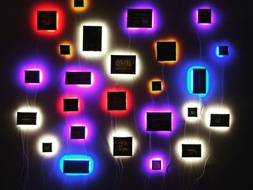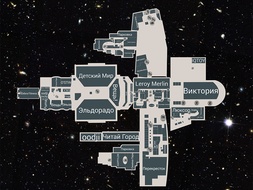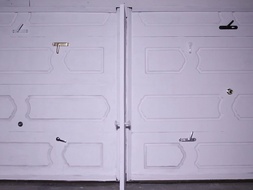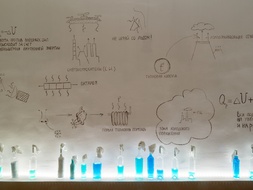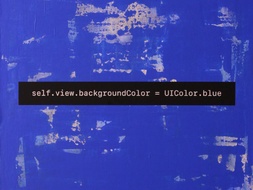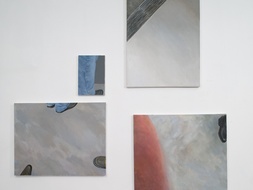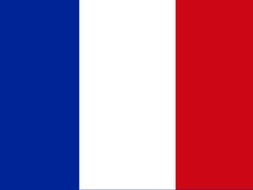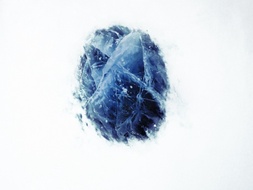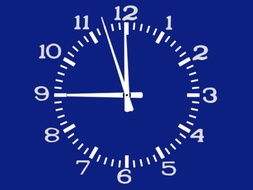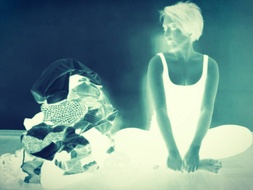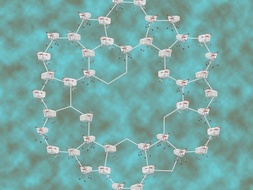Posthuman documentary
Julia Vergazova, Nikolay Ulyanov
Paper, etching, video, machine learning (StyleGAN2-ADA)
2019 - 2021
In his text "Learning from the virus", philosopher Paul B. Preciado understands mutation politically: “To stay alive, to maintain life as a planet, in the face of the virus, but also in the face of the effects of centuries of ecological and cultural destruction, means implementing new structural forms of global cooperation. Just as the virus mutates, if we want to resist submission, we must also mutate. We must go from a forced mutation to a chosen mutation."
Turning to speculative archeology, the artists simulate one of the possible variants of evolutionary development. In the project, evolution is moving along the path of creating technobiological bodies - products of information noise that arise at the junction of machine recognition and human perception. Semi-discernible traces of these creatures dissolve on the surface of the paper, just as viruses go unnoticed on the surface of handrails and doorknobs. Mutating technobiological beings are equipped with supersensitive sensors that allow them to be fluid and adaptive, be it transforming, self-organizing, escaping or resisting any manifestation of power.
The first virus to be discovered was the tobacco mosaic virus that infects plants. Plants have historically been deprived of any political power due to their perception as inert, semi-living creatures. The video presented at the exhibition is divided into cells, in each of which, like in a Petri dish, a neural network simulates plant mutation variations. Could a person learn to mutate effectively enough to overcome insensitivity and indifference, becoming more responsive to what surrounds him? Finding ourselves in a catastrophic situation, we must end our isolated existence and start reckoning with the other's world in order to preserve our own. Openness, receptivity and responsiveness are considered in the project as a new way to survive.
